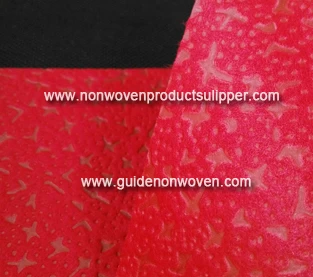Product: Oem Brand Supermarket Multicolor Reusable Non Woven T-shirt Bag
MOQ: 10000 pcs
Feature: Flat,Folding,Luxury
Material: PP Non Woven Fabric
Size: Custom sizes.
Design: Welcome custom logo and design. Welcome OEM.
Color: Full Color of CMYK,Pantone Color as customer requirements
Weight: Based on size & material,thickness
Delivery Time: 10-15 days after confirmed the final artwork and order
Product: Custom Branded Supermarket Oem Shopping Non Woven Vest Tote Bag
MOQ: 10000 pcs
Feature: Flat,Folding,Luxury
Material: PP Non Woven Fabric
Size: Custom sizes.
Design: Welcome custom logo and design. Welcome OEM.
Color: Full Color of CMYK,Pantone Color as customer requirements
Weight: Based on size & material,thickness
Delivery Time: 10-15 days after confirmed the final artwork and order
Product: Wholesale Brand Supermarket Oem Non Woven T-Shirt Vest Bags
MOQ: 10000 pcs
Feature: Flat,Folding,Luxury
Material: PP Non Woven Fabric
Size: Custom sizes.
Design: Welcome custom logo and design. Welcome OEM.
Color: Full Color of CMYK,Pantone Color as customer requirements
Weight: Based on size & material,thickness
Delivery Time: 10-15 days after confirmed the final artwork and order
Product: Premium Convenient Brand Supermarket Shopping Nonwoven Vest Bag
MOQ: 10000 pcs
Feature: Flat,Folding,Luxury
Material: PP Non Woven Fabric
Size: Custom sizes.
Design: Welcome custom logo and design. Welcome OEM.
Color: Full Color of CMYK,Pantone Color as customer requirements
Weight: Based on size & material,thickness
Delivery Time: 10-15 days after confirmed the final artwork and order
Product: OEM Eco-Friendly Portable Reusable Shopping Non Woven Vest Bag
MOQ: 10000 pcs
Feature: Flat,Folding,Luxury
Material: PP Non Woven Fabric
Size: Custom sizes.
Design: Welcome custom logo and design. Welcome OEM.
Color: Full Color of CMYK,Pantone Color as customer requirements
Weight: Based on size & material,thickness
Delivery Time: 10-15 days after confirmed the final artwork and order

